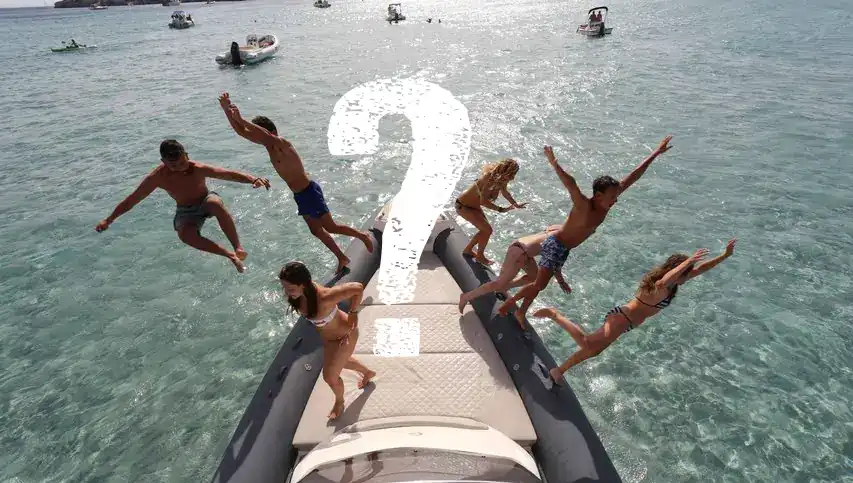
Table of Contents
Introduction
Would you like to buy a Rigid Inflatable Boat (RIB) but you are not sure how or where to start? Forget brands and let this article inspire you in 10 thoughts.
1. What is a Rigid Inflatable Boat (RIB)
A Rigid Inflatable Boat or RIB is a very popular type of boat. A RIB consists of a hard hull with inflatable tubes. For some purposes, these tubes are also filled with foam. The tubes consist of different compartments so that in case of a leak, the others stay inflated.
The function of the tubes is that they assist performance at sea and balance. No other boat has this capability.
A RIB is constructed in such a way that it can maintain its high buoyancy, even if it has received a lot of water due to adverse weather conditions. It is a safe type of boat that is also used by racers, customs, police, the army and the rescue services.
All boats in these categories serve a specific purpose. That is why you need to know in advance what your goal is and what you should pay attention to.
The following are some of the most critical factors to consider.I have already had personal experience driving RIBs, and I own one myself.
2. Your first thought: what am I going to do with the RIB
If the exact purpose of something new is not known, it can inevitably lead to (expensive) mistakes. If you are not sure what you are going to use the RIB for, you may end up buying the wrong type of RIB and even “misusing” it later. A family RIB is not a racing RIB.
That’s why you have to wonder if you are going to use the RIB for fishing, diving, racing or navigating with your family members. The intended use leads to the best boat for you.
For example, if you only plan to go boating with your family, you should choose a size that fits your family and the number of family members. If you are a small family, then a “smaller” RIB is more appropriate for you.
If you have a large family (including the future with boyfriends, girlfriends …) you need more room for stuff to put on the board. Think, for example, of life jackets (!) for everyone on board (do wear them), other safety equipment, food and drink, spare clothing …
For my Belgian audience, look here to be compliant with the law. Check this for your country. It’s better to invest a little time instead of having a fine.

If you want to race, to mention the other extreme, you will need a different hull and an engine with lots of horsepower. But know that every hull has its speed.
If you have a clear understanding of your needs, you will be able to purchase a RIB that meets those needs.
Think about this: you “don’t have to star”t with big and or fast RIBs if it’s your first one. Learn to navigate properly (talk to a friend with a RIB, or hire one). Within some years you can “upgrade” if you feel like it.
3. How frequent are you planning to use the RIB
You have to determine how often you will use the RIB on an annual basis. This will help you to understand the quality you need.
If you want to limit its use only to specific occasions of the year, you need to weigh needs and time. For example, it might be more interesting to charter a RIB rather than own one.
For the price of a RIB you can rent one many, many times if you’re not RIBbing on a regular basis.
How much is your quality time worth? How much luxury do you want?
The navigation region is also a very important factor. You could say that the more more qualitative the RIB, the more expensive it is.
4. Your navigation area: examine
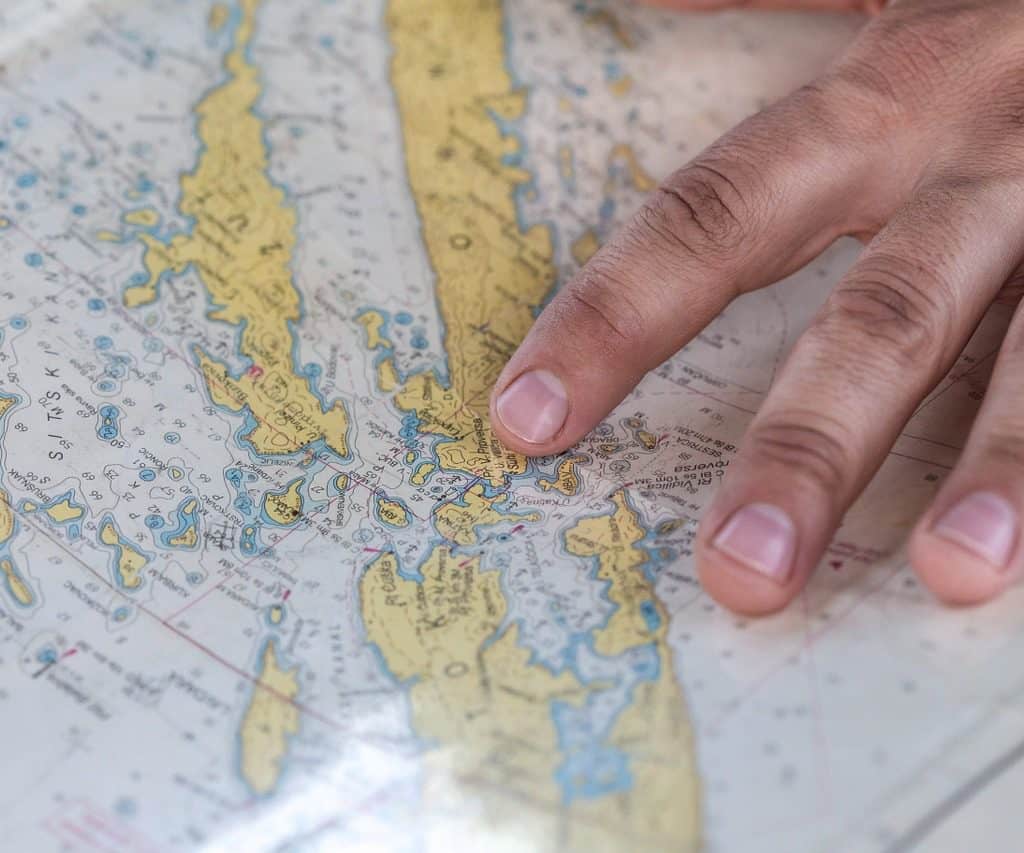
Where you are going to RIB is also an important factor to consider. For example, if you plan to largely navigate on the still and calm waters such as inland waters, lakes, rivers or canals, you can opt for a wider RIB. This is because in such waters it will usually be calmer.
But a lake can very easily turn into a stormy context. Make no mistake about that. Sometimes it is better to decide not to go out at all … Stay safe!
Anyway, in essence it will always be more stable navigating.
If you plan to go out in more “challenging waters” such as a sea and further from the coast, you still need a different type of RIB. The length is then best at least 6 meters and above. The larger the RIB the better the behaviour in rough seas. Every meter more counts.
I did some research around our North Sea (source: Marine Research Flemish Institute for the Sea). These are average values:
Windspeed
Metres per second: 5+
Miles per hour: 11+
Kilometres per hour: 18+
Knots: 9.7+
Beaufort wind scale: 3-4
Direction: mostly SW (265°)
Waves
Height along the coast: 1 m (peeks of 5, highest 34 m!)
Frequency: 3-4 seconds
Temperature
Summer: 17°
Winter: 6°
Tidal cycle
12 hours 25 minutes
Maximum tidal range
8 meter (4 meter along the Belgian coast)
Considering “our” Northsea in this way makes you think. Under such circumstances, you need a RIB that is stronger built and able to withstand this stressful context.
The builder states to which context the RIB can sail. Mine can go out in force 8 with waves up to 4 meter. Not a hair on my head that thinks to set sail under those circumstances.
A sea can be calm in the morning, but later in the day it can turn into a “challenging” sailing environment. It is best that you do some researches for your favourite navigation area before you buy a RIB.
So, what is a good RIB for such conditions? The answer is that the hull is the most important part of your RIB. Much more important than the colours and layout of the deck.
Make sure you always have “paper” maps of your sailing area on board. Of course you buy a digital chart plotter, but what do you do when it “fails” or you have no electricity on board… Therefore, plot your trip on the map prior to going out on the water. This is not difficult and you can learn it in a sailing school.
Always, yes, always check the weather forecast before you go out! Sometimes “no go” is the better answer.
5. The planing hull: the most important part of the RIB
When you start talking about solid hulls with good salesmen, they will quickly drop the terms “V-hull” and “deadrise”.
I’m going to address the most important characteristics of the hull.
The V-hull is simple: it is the sharpness of the bow seen as a capital V. The sharper this V is, the better the waves are cut.
But too sharp a V will split the bow deep into the water. To counteract this, the hull has so-called spray rails.
Deadrise creates the angle that is formed at each point between the horizontal plane and the side of the hull.
By the term of deadrise we mean the angle which is formed between the horizontal plane and the side of the hull, at its any point.
Source: e-ribbing.com, good Greek friends of RIBs ONLY
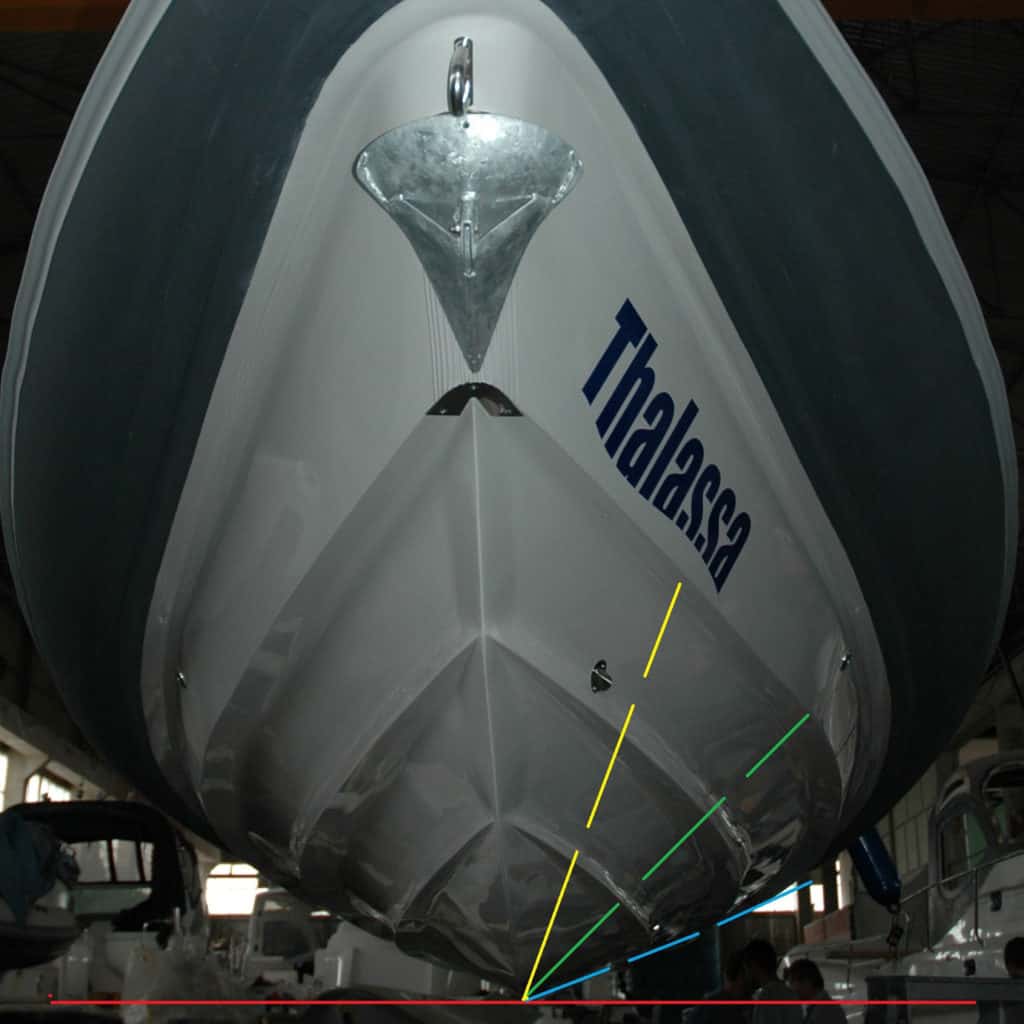
which is the angle that is formed between the two sides of the hull.
© e-ribbing.com
That number is stated in degrees. The higher the number (eg 25°), the less flat the hull is. This is much better for rougher seas and offshore sailing. The lower, the flatter the hull and more suitable for lakes, canals, rivers or very calm seas.
Typical Mediterranean RIBs have such a “flat hull” at the stern, which means more comfort for all passengers on board while at anchor. Very often a sun deck is installed in the front and at the stern.
Some hulls have so-called “steps”. These provide an extra airflow under the hull to lift it even higher out of the water so that there is less contact. This results in lower consumption and a higher speed. Some RIBs have up to 4 steps.
Navgating in following seas with a stepped hull, when you go with the waves, can be a challenge.
6. Your engine
You (sometimes) have the choice between an inboard or an outboard engine, diesel or petrol. Testing of electric motors for boats has now also started. This application is still in its infancy.
The outboard generally weighs less than an inboard and has some maintenance advantages. Some RIBs are equipped with one, two or more engines. The type of engine you need depends on the manufacturer who determines this.
The number of horsepower is also limited for your RIB. So don’t just randomly buy a motor. Never exceed that horsepower or kilowatt limit, no matter what others may say. If you exceed that maximum, insurance will be difficult in the event of an accident, especially with physical damage.
Those who race with their RIB will have to look for specialised insurance. In that case, also ask for the warranty on your motor at the dealer’s.
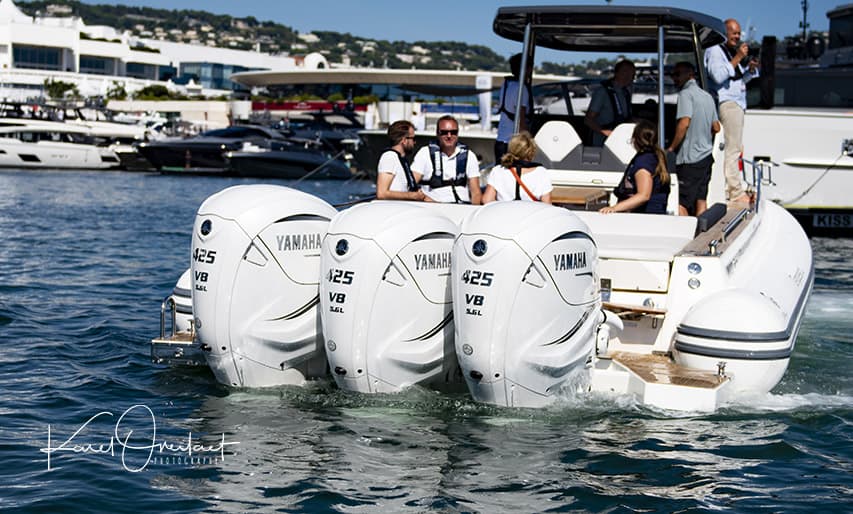
7. What distance will you be covering
Whatever distance you plan to travel with your RIB, make sure your fuel tank is big enough.
A minimum of 200 liters is required (to be safe) and of course it also dependents on the consumption of your engine(s).
Ask for this data from the dealer and know that this data is usually stored in a “lab environment”. You should definitely check it out and tell them what your goal and sailing sector is. Nevertheless, if you predict that you will be traveling a long distance, you should have a fast motor and enough fuel to get you home quickly and safely.
Always carry an extra canister on board filled with fuel (minimum 20 liters). In the first place for yourself, but also to help another skipper. I was once in a situation like this where I could help a friend who ran out of fuel on a fast-flowing river.
We take care of each other on the water.
8. Buy a solid trailer
Okay, you chose a RIB with one or more engines. When you go out with your RIB, you need a decent trailer.
You have them in all sizes and weights. Some have a single axis and others have two or three. Sometimes people look for the cheapest one on the market. This is usually wrong savings.
You don’t want to run into problems with your trailer leaving you on your way to your long-awaited boating destination.
The lower the RIB is on a trailer, the more stable it is.
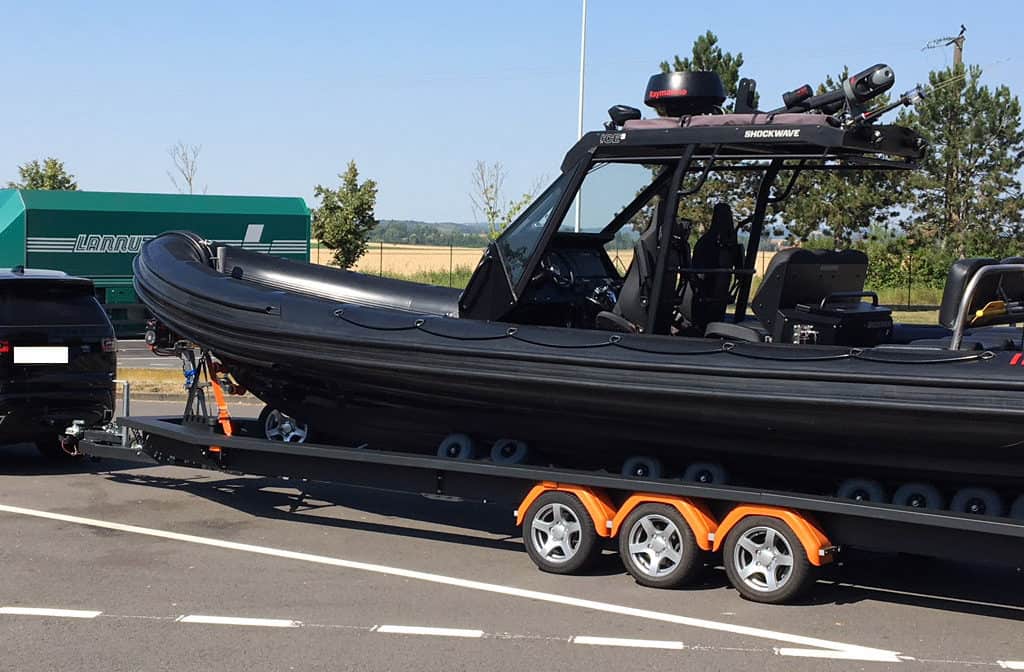
Think of the trailer as a protection and insurance for your investment. The specifications of a trailer are determined by the length, width and weight of your precious boat.
You need a trailer to launch your boat off a ramp. Some trailers are built in stainless steel and have waterproof lighting.
Definitely practice launching on a boat ramp and take your time. If you have mastered it, make sure that your time on the boat ramp is limited to a minimum. Prep your boat not on the ramp.
Buy a safety lock for your trailer (usually also a requirement by the insurance).
You can tow a maximum – if your car allows – 3.5 tons in total in Belgium. Check your local rules.
9. Insurance and safety
Maybe I should have started with this item. Safety on board is a sine qua non condition. Safety first!
Never go without a license as a skipper to drive a RIB, be it on inland waterways, on the sea or anywhere else! The boating license is an absolute prerequisite for navigating. A good sailing school can support you enormously in this. Either way, you have to take an official exam. Some countries offer different boating licenses (UK, France).
Insurance is also compulsory in many countries. Contact your insurance company or agent and request the necessary information.
Think of your RIB and its passengers, your RIB on the trailer (parked) and the RIB on the trailer while you are driving it. And what if your RIB causes damage.
Also ask for the parameters if you want to insure them against theft (on the trailer, on the dock, etc.). Insurance is mandatory in my country, Belgium.
In addition to insurance, safety rules also apply to you and your passengers.
Buy “automatic” life jackets that inflate when you fall into the water. The temptation to wear none is great, especially in good weather. The temperature difference with the water is usually so great that it can be life-threatening. Not to mention the sometimes insidious currents …
The skipper is always responsible for the life of every passenger on board.
So wear life jackets from the dock as it is not the first person to stumble and drown within 5 meters of the pontoon. The sad story of the family going on a river in Belgium where their toddler fell unseen in the water, was not wearing a life jacket and drowned. A drama …
As a skipper, always connect your kill chord. This is a red spiral wire with a quick release at one end and a clip at the other. During use, the quick coupling is attached to the appropriate place on the console and the end with the clip to the driver. This plastic cord is normally tied around the driver’s knee.
There are systems that don’t require a cord but is triggered by remote.
This “safety connection” between the body of the skipper and the break button ensures that if something happens to you when the skipper stops the engine immediately. Unfortunately, this is too often forgotten, neglected…
Require being a passenger that the skipper connects that kill cord, otherwise don’t go on board. Safety first!
10. Your budget
Just like any other important product you’d like to purchase, the budget comes up at some point. It is no different when you purchase your RIB. The prices are very different and diverse. The purchase of a RIB, motor and trailer is an important expense.
There are many brands, so you can find two or even more RIBs with the same conditions and features but different prices.
So talk to RIBbers, view websites and forums for RIBs such as my Facebook group RIBs ONLY. Pop your question and learn from the many interesting threads.
This group also has a sister group RIBs ONLY Sales. This allows people to search for a new or second-hand one.
I make sure I’m not a dealer.
With a price range between € 10,000 and € 450,000 (or more, up to over a million), you have a lot of choice concerning your budget.
Second-hand prices for solid RIB configurations are usually high. This also means you can get a nice sum back from your well-maintained RIB.
But prioritize safety, quality and a good relationship with your dealer.
And remember a price to good to be true most of the time ends up in a sad disappointment.

RIBbing should always be fun
If you consider the above factors before buying a RIB, you will never regret your decision. Be very careful during the purchase process. After all, you don’t buy a RIB every day.
However, keep in mind that the care you take on your boat after your purchase is critical once you are going to sell or trade this second-hand.
The maintenance of your RIB and a good relationship with a dealer ensure that you can really enjoy yourself.
Final thoughts
I suspect you might be wondering why I don’t advise you on other factors such as color, layout, best seats, cabin or not, diameter of the tubes and weight of the RIB etc. These aspects may be considered but I do not see them as priority 1.
The hull, engine and trailer are the most important factors. The look and feel will of course also be discussed, but chances are that if you focus on that only you may end up being disappointed once you have sailed a number of times. Therefore, first focus on the essential elements!
Go for a solid insurance. Don’t skimp on that.
I am sure it is better to choose according to the above 10 thoughts to make a successful purchase. You can now also ask the dealers specific questions. He will know that you’re aware of many factors.
When you go out RIBbing make a video and share it with us in our Facebook group.
And oh yes … even a bad day on the water is still far better than a good day at the office.
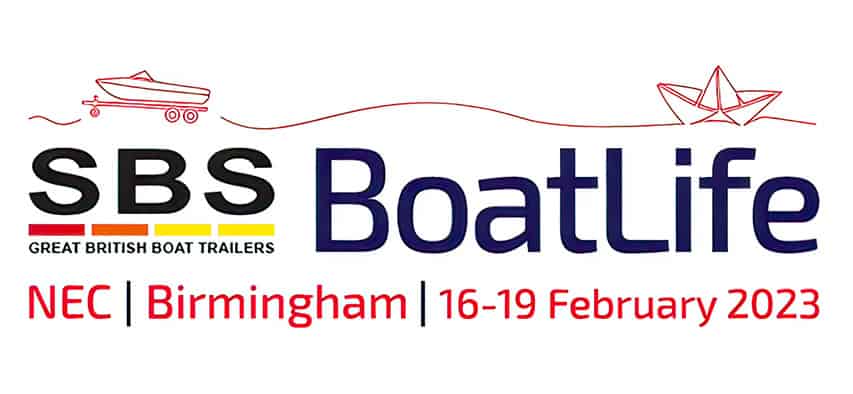


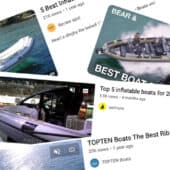
very good!! I already navigate (several times) at the area presented with the chart…..
Thank you, Donat!
Welcome to visit Rib4Fun.nl in the north of Holland. Since 40 years we have the the Rib flew!
Come over and see 40 second hand ribs at one time. We can help you to select what Rib would suit your dreams or plans. Because of our big stock you Will also be informed what the differences are between a lot of Ribs. Judge by your self, and follow many peoples before you! Welcome!
Please be so kind to make an appointment. We will have time for you! Best regards, Klaas Watze Woltjer, Rib4fun.nl 0031 6 21 65 8008
Excellent, Karl. Great article.
Hi Nenad
Thank you very much. I really appreciate it!